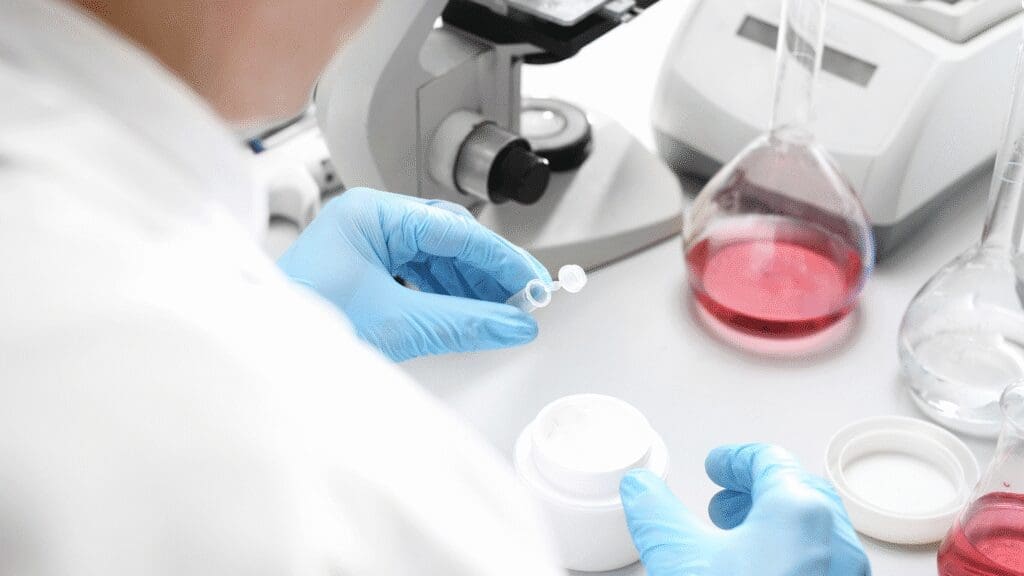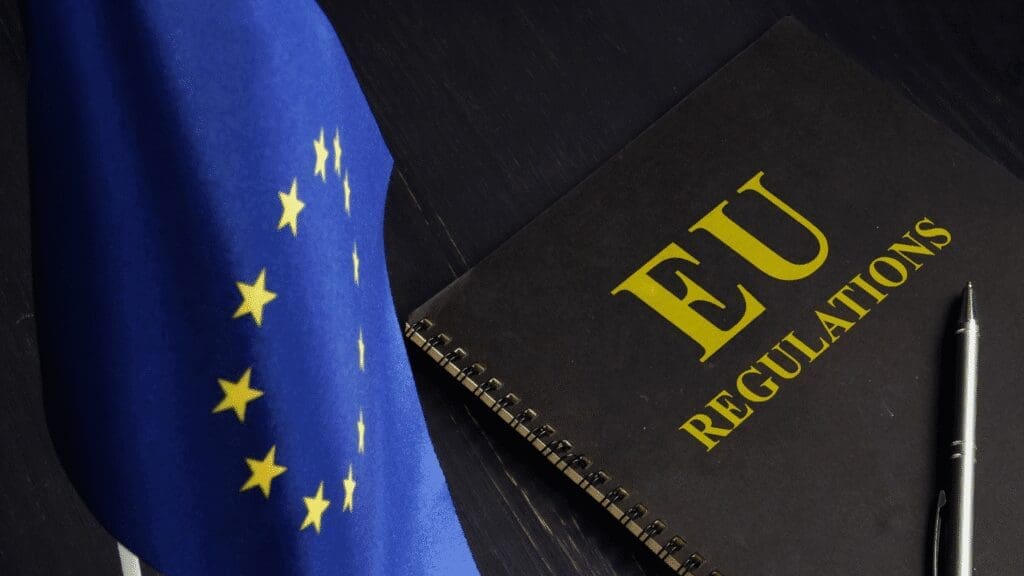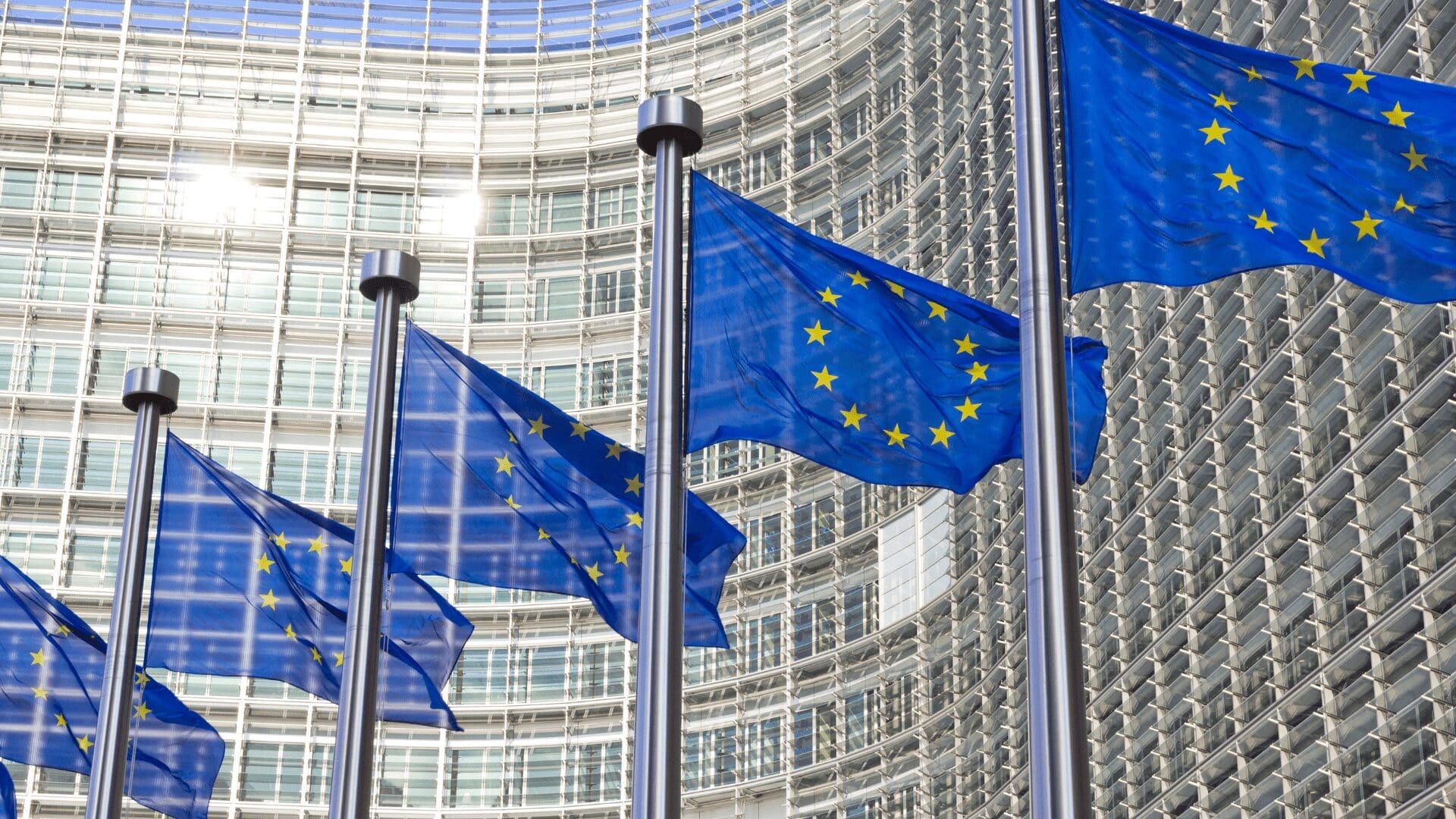The European Union represents one of the world’s most valuable and influential cosmetics markets, valued at 108.5 Billion USD in 2024. The EU offers tremendous potential for growth—but only for those who successfully navigate its comprehensive regulatory framework. This guide provides a strategic roadmap for cosmetic companies looking to enter the European market. From appointing a Responsible Person to preparing technical documentation, from ingredient compliance to labeling requirements.
Opportunity and risk for the cosmetics industry to enter the European market
Opportunity and risk for the cosmetics industry to enter the European market
Entering a new market certainly offers many opportunities, but just as many risks. It is worth taking care to be as prepared and completely settled as possible. Difficulties may particularly arise when becoming familiar with regulations and legal provisions that are dynamically changing.
Compliance with EU cosmetic regulation is not optional—it’s the gateway to legal market entry. The legislation focuses heavily on consumer safety, traceability, and transparency. Any brand that fails to meet EU standards for cosmetics risks being excluded from the market, facing enforcement actions, or sustaining reputational damage.
1. Product Safety Assessment
Every cosmetic product must undergo a comprehensive safety assessment performed by a qualified professional with appropriate credentials. This culminates in a Cosmetic Product Safety Report (CPSR), which is mandatory before market launch. The CPSR assessment must include, among other things:
- Evaluation of the complete qualitative and quantitative formula
- Physical/chemical characteristics and stability of the product
- Microbiological quality
- Impurities, traces, and information about packaging material
2. Good Manufacturing Practices (GMP)
Production must comply with Good Manufacturing Practice (GMP). Compliance is presumed when production follows EN ISO 22716:2007, which provides guidelines for production, control, storage, and shipment of cosmetic products. These standards ensure consistent quality through documented procedures, personnel training, appropriate facilities, and quality control measures.
3. Responsible Person (RP)
A legal or natural person based in the EU must be appointed as the Responsible Person. They are accountable for compliance and must be clearly identified on the product label.
4. Complete Product Information File (PIF)
The Product Information File represents the comprehensive technical dossier for each cosmetic product. It must be maintained by the Responsible Person and be readily available at the address indicated on the product label. The PIF must contain among other things:
- Exact product description including intended use and type of product
- Complete qualitative and quantitative formula with ingredient INCI names
- Raw material and finished product specifications
- Method of manufacture complying with GMP
- Cosmetic Product Safety Report (CPSR) with Part A (information) and Part B (assessment)
- Evidence supporting claimed effects (efficacy testing data)
The file must be maintained for ten years after the last batch of product is placed on the market and must be continuously updated if the product formula, manufacturing process, or safety information changes.
National authorities can request access to the PIF at any time, with penalties for non-compliance ranging from product recalls to significant financial sanctions. The file must be in a language easily understood by the authorities of the Member State.
5. Notification via the CPNP
All cosmetic products must be notified through the EU’s Cosmetic Products Notification Portal (CPNP) before being placed on the market.
6. Precise Labeling Requirements
Labels must be indelible, easily legible, and visible, containing specific information in compliance with Article 19 of Regulation 1223/2009.

The Role of the European Commission in Regulating Cosmetics
The European Commission plays a central role in shaping and enforcing cosmetics regulations within the EU. Its responsibilities extend beyond drafting legislation – it also oversees scientific evaluation, coordinates regulatory updates, and ensures harmonization among member states.
Key functions include:
- Maintaining the EU Cosmetic Regulation: The Commission regularly updates Annexes of Regulation (EC) No 1223/2009 to reflect new scientific findings, especially concerning banned or restricted substances.
- Supporting Scientific Decision-Making: The Commission works closely with the Scientific Committee on Consumer Safety (SCCS), which assesses the safety of ingredients and provides expert guidance used to inform regulatory changes.
- Market Surveillance and Enforcement Coordination: While enforcement is carried out at the national level, the Commission fosters cooperation across member states to detect non-compliant products and coordinate recalls when necessary.
- Stakeholder Communication and Transparency: The Commission also ensures that industry players and consumers have access to clear guidance and information, particularly on evolving European cosmetic standards.
Read more: May 2025 cosmetics ban deadline in the EU
Start with Market Research for the Cosmetics Industry
Before a cosmetic product can meet EU cosmetic compliance standards, it must first align with consumer demand and market trends. This is where thorough market research for the cosmetics industry becomes essential. Good research informs your product development, helps confirm if your business idea is viable, and gives you insights into what regulations you might expect across different consumer groups. When brands skip this step, they often end up with products that don’t match what the market wants or worse, products that don’t comply with EU cosmetic regulations.
Identifying Your Target Market and Consumer Needs
First of all, you need to do market research for cosmetics industry. In the EU, beauty preferences vary widely across countries and demographic groups. Brands should first identify their target consumer based on age, gender, skin type, lifestyle, and values like sustainability or vegan preferences.
Understanding deeper motivations. Whether customers want anti-aging, pollution protection, or sensitive skin solutions – shapes effective product development. Remember that under European cosmetic standards, all marketing claims must be backed by evidence in your Product Information File.
You can gather these insights through consumer surveys, focus groups, trend reports, or distributor feedback. When your product directly addresses specific consumer needs, you’ll not only connect better with customers but also streamline your regulatory compliance and labeling process under EU law.
Analyzing Cosmetics Ingredients Market Insight for Product Development
Ingredient trends shape both consumer interest and regulatory focus. In the EU, even a single ingredient can determine whether a product is compliant or prohibited. Brands must stay updated on the substances listed in Annexes II to VI of the EU Cosmetic Regulation, which outline banned and restricted substances, permitted preservatives, colorants, and UV filters. For instance, an ingredient popular in Asia or the U.S. may be completely banned in Europe or allowed only in specific concentrations.
Competitive Landscape Analysis: Finding Your Niche
Study your competitors closely. Look at how they position products and handle EU regulations. Find market gaps they miss – perhaps certain skin tones or sustainable packaging needs.
Examine their labels and ingredient strategies. Notice how they navigate regulatory language. Words like “organic” or “clinically proven” must follow EU’s Common Criteria for Cosmetic Claims.
This knowledge helps you create a product that stands out. Good differentiation with regulatory compliance gives you an edge. In the crowded EU market, being both distinctive and compliant is a winning strategy.

Product Labelling Requirements Under EU Cosmetics Regulation
Proper labelling goes beyond marketing in the EU. Labels connect manufacturers with consumers. Incorrect or incomplete labelling is one of the most common causes of enforcement action by EU market surveillance authorities, often leading to product withdrawal or sanctions.
The Importance of Product Labelling for Consumer Safety and Trust
In the EU, where consumers are highly informed and regulatory bodies are vigilant, the importance of product labelling cannot be overstated. Beyond aesthetics, labels provide critical data that help consumers make safe and informed choices. The label must enable traceability of the product through a clear identification of the Responsible Person and batch number. Moreover, consumers must be informed of any potential risks such as special usage precautions or the presence of nanomaterials according to EU standards for cosmetics.
Mandatory information and compliance checklist for EU Cosmetic Labels
As we mentioned above, the label must contain specific information.
- Name and address of the responsible person (RP): A legal or natural person established within the EU who is responsible for product compliance and must be clearly indicated on the label.
- Country of origin: Required only for products manufactured outside the EU.
- Nominal content: The quantity of the product at the time of packaging, expressed in weight or volume (e.g., 200 ml), except for single-use items.
- Date of minimum durability or period after opening (PAO): If the product is stable for less than 30 months, a “best before” date must be provided. For longer-lasting products, a PAO symbol is used (e.g., 12M for 12 months).
- Precautions for use: Any special usage instructions or warnings must be clearly stated to protect consumer safety.
- Batch number or product reference code: Enables full traceability and recall if needed.
- Product function: Must be clearly described unless it is obvious from presentation.
- Ingredients list (INCI Format): Listed in descending order of weight at the time of addition, using standardized International Nomenclature of Cosmetic Ingredients (INCI) to ensure consistency across markets.
Find out more: Cosmetics labelling: a guide to EU compliance for diverse product types
How to Start a Cosmetic Business in the EU Market with Obelis
Launching a cosmetic brand in the European Union is more than a product-driven venture – it is a regulatory commitment. From selecting the right business structure to establishing compliant labelling and safety documentation, every decision must align with EU cosmetic regulation. For new entrants and non-EU companies in particular, navigating the compliance landscape independently can be overwhelming and costly. This is where a professional compliance partner like Obelis becomes essential.
Comprehensive support from Obelis
Obelis serves as both your regulatory advisor and Responsible Person. With 30+ years in regulatory affairs, we’ve guided thousands of cosmetic brands through EU compliance.
Our services include:
- Responsible Person representation – We handle all regulatory duties and communication with authorities
- Strategic regulatory guidance – Get advice on ingredient restrictions and upcoming regulatory changes
- Documentation management – Our experts prepare and maintain your safety reports and product files
- Product notification – We manage the entire registration process
- Label compliance – We review your labels for different EU markets
This support eliminates regulatory headaches and accelerates your market entry.
Distribution Channels and market entry strategies
Once compliance is secured, the next challenge is market penetration. A successful strategy involves selecting appropriate distribution channels and aligning them with your brand’s regulatory readiness and target market profile.
Options include:
- Direct-to-Consumer (DTC) via e-commerce platforms
- Retail partnerships with pharmacies, beauty stores, or department chains
- Distributors or agents specializing in EU cosmetics markets
Private-label contracts with established European retailers

How can Obelis help you enter the EU cosmetics market? Summary
Obelis removes the regulatory barriers to your EU cosmetics launch. As your EU Responsible Person, we handle all compliance requirements while you focus on growth. Our experts manage the complex paperwork – from safety assessments to product notifications. We review your formulations against EU restrictions and ensure your labels meet all requirements.
With 30+ years of regulatory experience, we’ve guided thousands of brands through successful EU market entry. Our team stays current on changing regulations, protecting you from costly compliance mistakes. Beyond paperwork, we provide thorough reviews on ingredients compliance, product claims, and emerging regulatory trends. When authorities have questions, we represent your interests directly.
Partner with Obelis and transform regulatory compliance from a challenge into your competitive advantage in the European cosmetics market.


